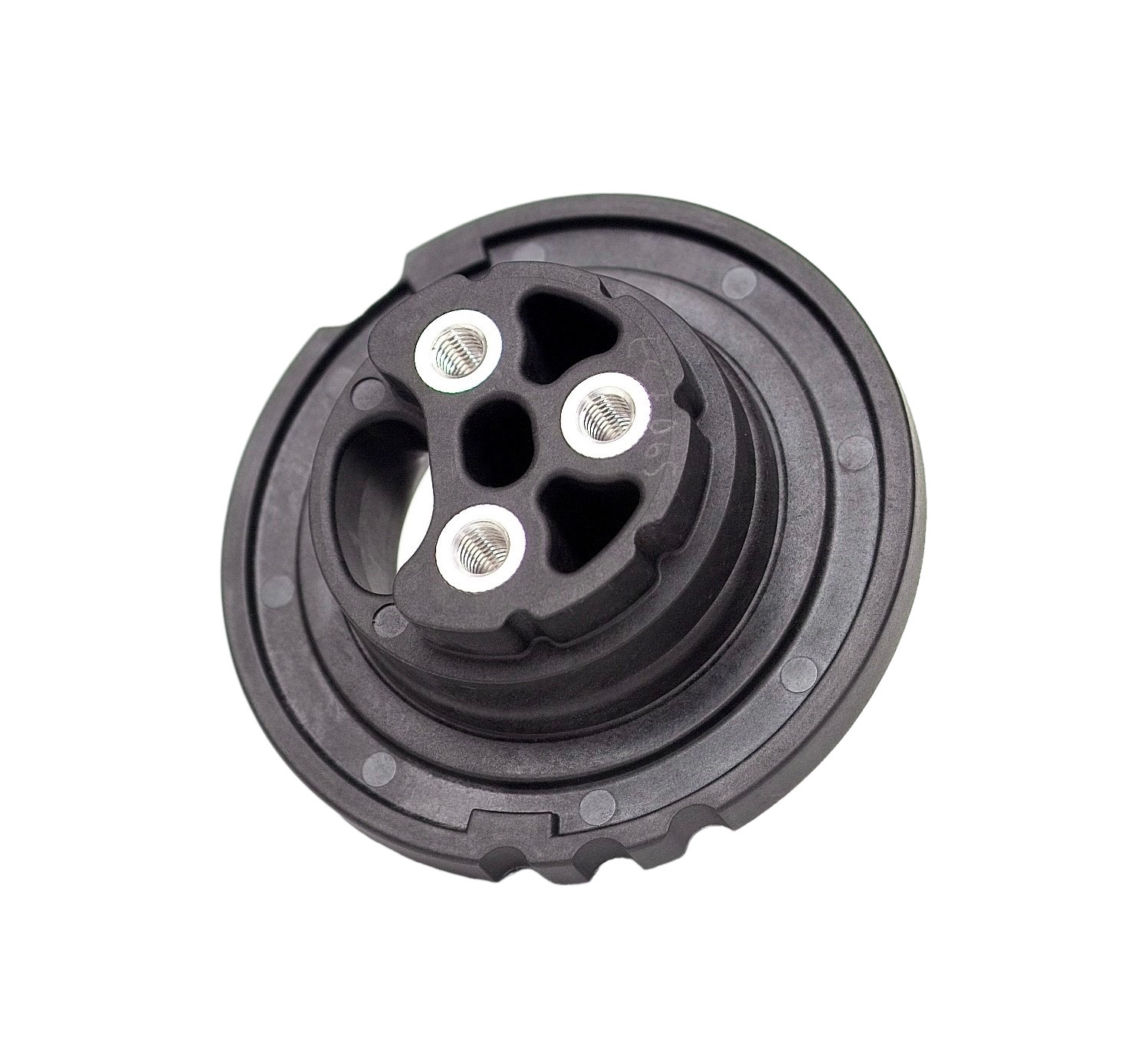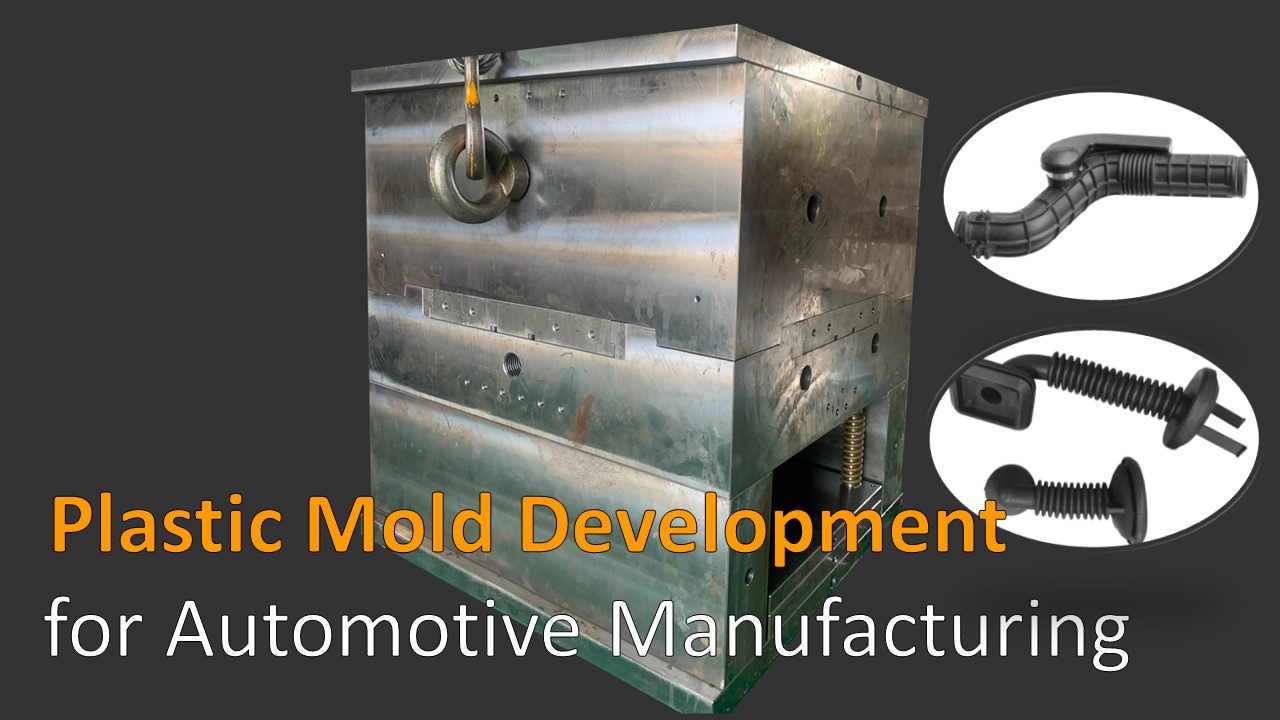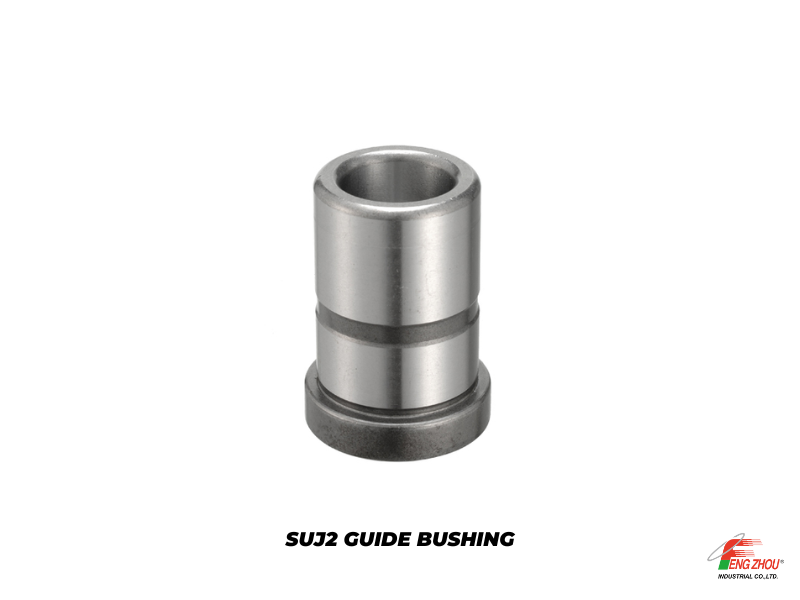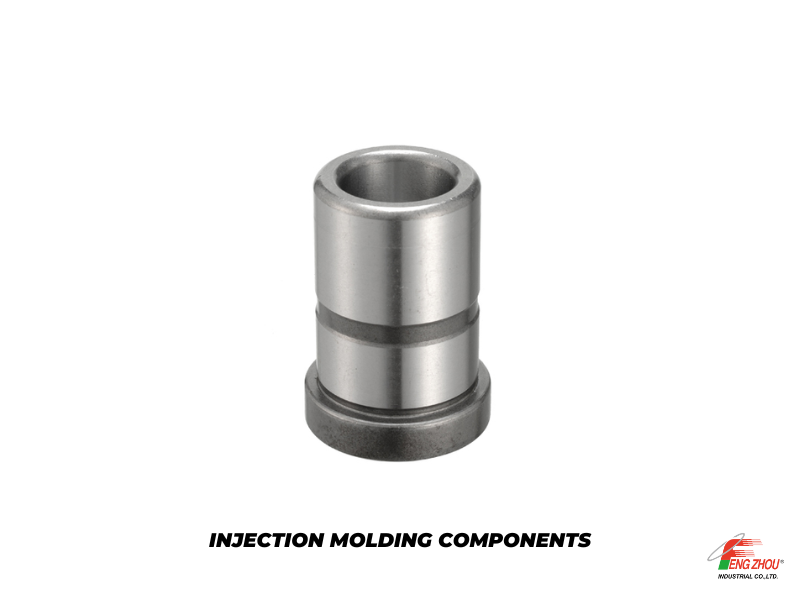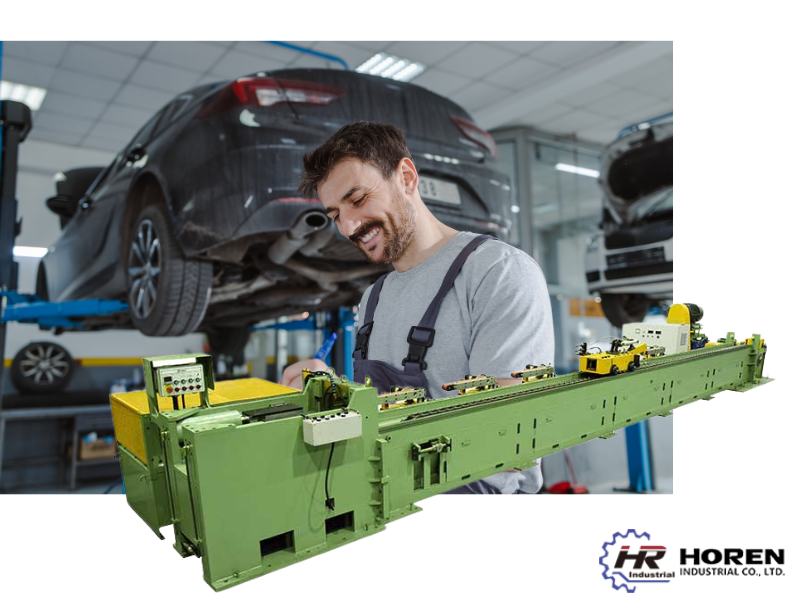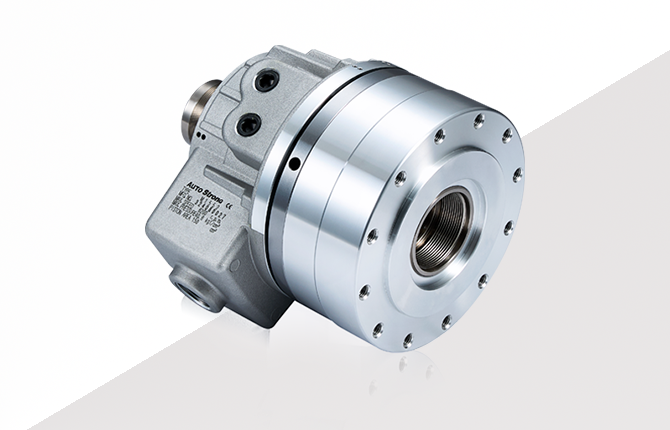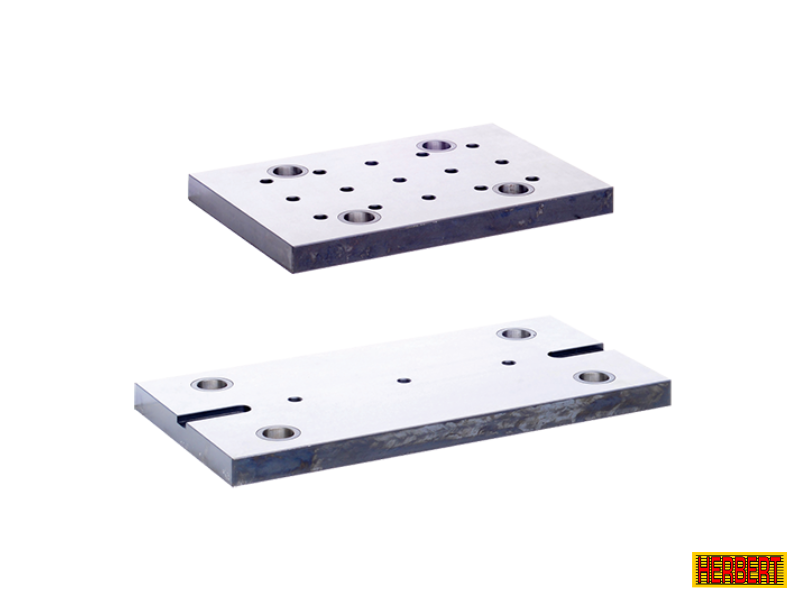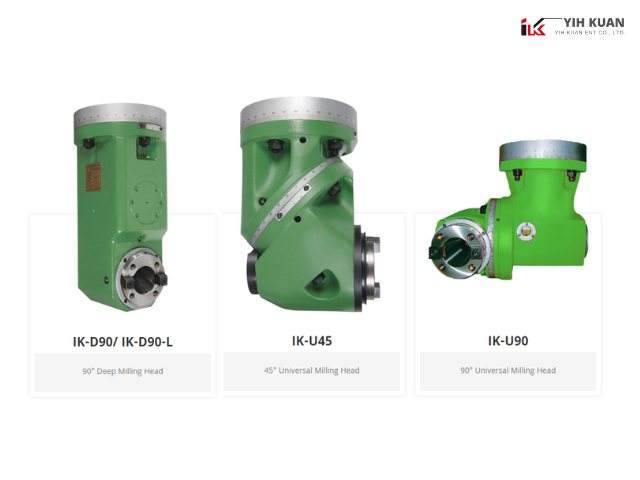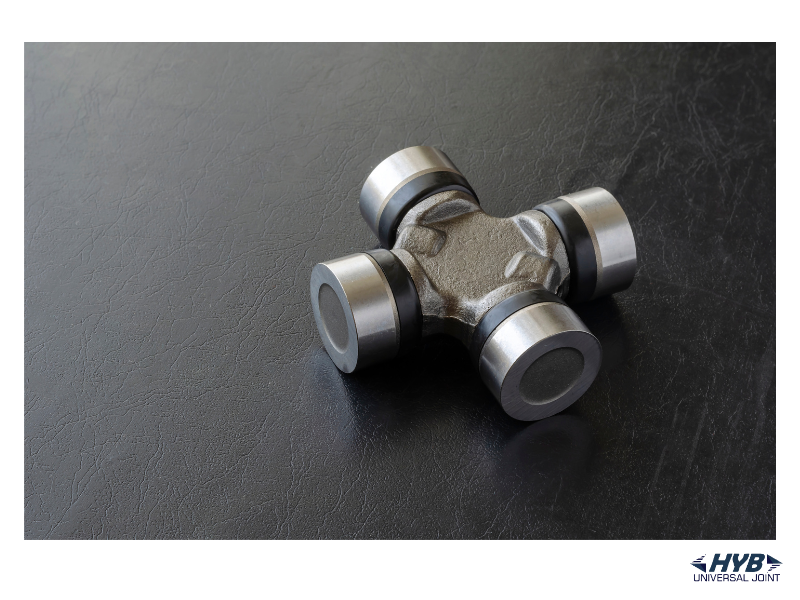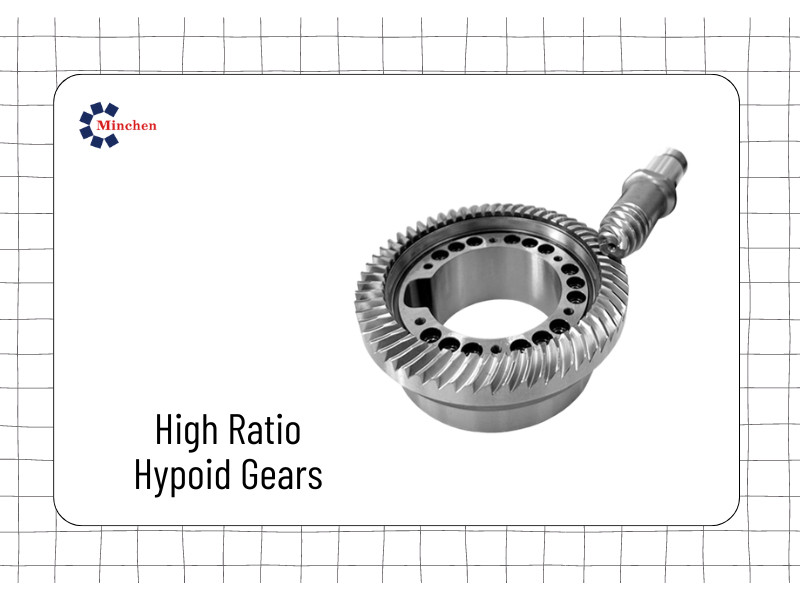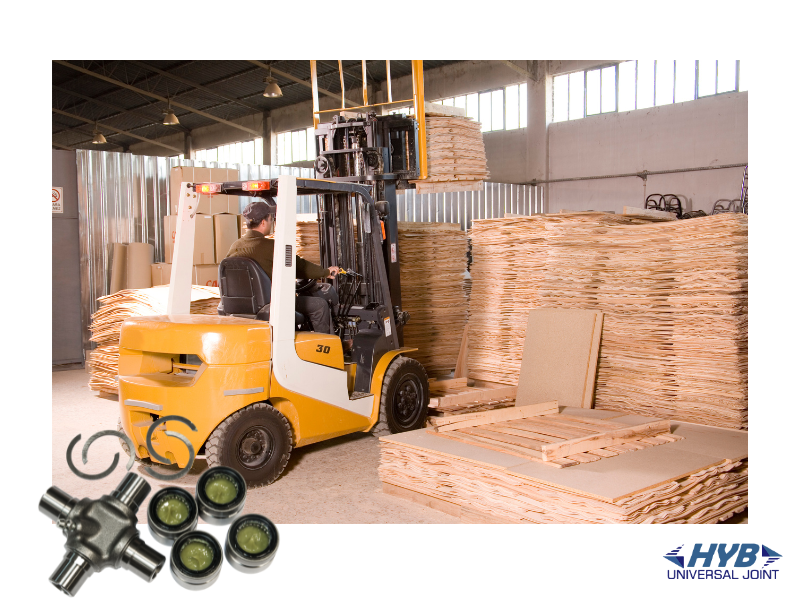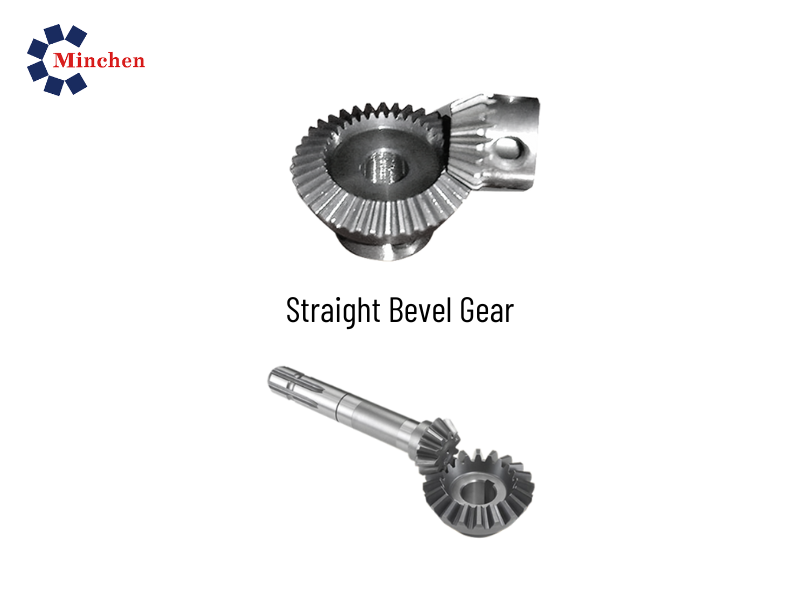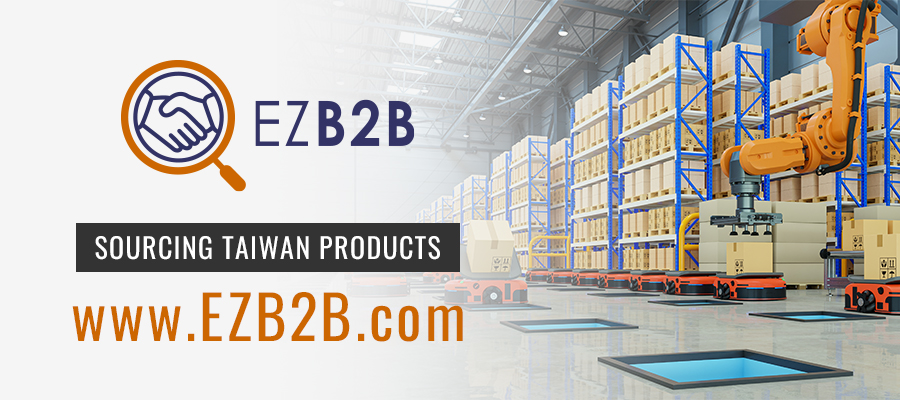Is Aluminum Injection Molding Better Than Die Casting?
2021-12-27Machinery
Is injection molding better than die casting? Although labor and material costs are low, it is crucial to remember that the cost of the plastic injection molding machines and any additional equipment may be rather expensive, especially if you want to make many components.
In most cases, die casting is the best solution if you want to produce numerous complicated pieces in a short period. However, it's hard to argue with metal's evident durability and quality over plastic, even when constructing simpler pieces.
Advantages
Aluminum Die Casting has several advantages over other manufacturing methods.
- Accuracy and efficiency are the hallmarks of this technique.
- Secondary operations are not required.
- Casting more complex designs is easier.
- Produces better-quality goods that can withstand more wear and tear for more extended periods.
Die Casting vs. Injection Molding: What's the Difference?
A component may be made using either die casting or injection molding, and the process is almost identical. First, you build a mold or die in the shape of the component you wish to make. The substance is then liquefied and injected into the die or mold under high pressure. Once the die/mold is cooled, die spray is applied to the cavities. After that, remove the shot by opening the dice.
Die casting, and injection molding is two different processes, but the main distinction is that injection molding employs plastic or polymers, while die casting uses metal alloys.
Do you know which to choose? If you use injection molding, you'll get plastic components, and if you use die casting, you'll get metal parts. It should be evident from the start. As soon as you know what you want, you know which pieces you should utilize. The following information will help you choose which material is best for your goods and those of your business.
Plastic Injection Molding has several advantages.
- The molding technique has become more flexible, allowing for faster production times.
- Using various plastic or polymer materials to use plastic injection molds is possible.
- Strength may be increased by using fillers in plastic molds.
- The process that's quick and produces exact results.
,
Aluminum Segmentation of Die-Cast Products
As a result of its lightweight, corrosion-resistant, high electrical and thermal conductivities, high stability for complicated geometries, and solid tensile strength, aluminum is now widely used in a wide range of applications across the globe. As a result, transportation is the industry's biggest end-user category. In addition, aluminum casting is needed due to increased pollution regulations and customer desire for a more fuel-efficient car.
Increased operations for the industry include replacing iron and steel components of a vehicle with lightweight aluminum components to boost the vehicle's fuel economy. In addition, with its outstanding electrical performance and shielding capabilities even in high-temperature situations, aluminum die-cast is perfect for electronic connections and housings.
Building and construction in emerging countries, notably Asia-Pacific, is another area where aluminum die casting is in high demand. Window cladding, curtain walling, and shop dividers are just some of the goods that may be made with aluminum die casting.
Also, aluminum die casting items are employed in aerospace activities or aircraft throughout the globe. The aerospace industry seeks to manufacture a denser, higher-quality product cheaper for these airframe components to keep up with population growth.
Asia: The Dominant Aluminum Casting Market
According to Transparency Market Research, more than half of the worldwide aluminum castings market is concentrated in Asia. A CAGR of 5.3% is predicted for this area between 2017 and 2025, with China's economic might significant drivers. As of 2025, this market will be worth an estimated $22.67 billion.
The worldwide market for aluminum castings is also influenced by the regions of Europe and North America. With a Compound Annual Growth Rate of 5.1%, Europe is predicted to grow to the US $9.45 bn by 2025, while North America is expected to grow at 4.9% to become worth an estimated $4.22 bn by then. For worldwide manufacturing demands, aluminum die casting is likely to expand in prominence in the future.
Sand And Investment Casting Are Die Casting Options.
The history of metalworking is a long and arduous one. Metal has been used for thousands upon millennia to create everything from tools, weapons, or even buildings in some cases. Still, most importantly, it's an essential component that makes up our world as we know it today say. Without iron, things would not be possible with plastic being giant.
In the casting business, sand casting is the oldest and most extensively used technology because of its versatility. There is no need for high pressure in this step since the metal is poured straight from a spoon into a sand mold. The molds are made by compacting sand around a pattern or model of the final product and then separating the mold and removing the design. The void is filled with molten metal once the mold is reassembled and the two pieces are fitted back together. Finally, the mold is opened, and the sand is shaken off the hot casting as the product is removed for the last step in making the castings.
Sand Casting: All You Need To Know
The same mold may cast several components simultaneously, and the same sand can be reused multiple times. Because of the molds delay of up to five minutes each casting; sand casting is best suited for low-volume items. Because of the materials utilized in this method, the finished products often have minor detail or rough surfaces that need extra machining. It's easier to adjust mold designs in the sanding process than in investment die casting when dealing with modifications in the finished product.
Precision casting or lost wax casting is another term for investment casting, which uses molten metal, stainless steel alloys, brass, aluminum, and carbon steel to make parts. To begin, a wax pattern is drawn in the shape of the final product. A gelatin cast, a metal mold, or a wax reproduction of the final product may all be used in this part of the process, but each method has its advantages and disadvantages.
Things You Didn't Know About Molds
Molds are made by pouring liquid ceramic over the wax shape until it hardens and forms the desired shape. Then, to create an opening for molten metal, a mold is heated to melt the wax within the ceramic. Afterward, the metal cures in the ceramic mold and is broken, resulting in a finished cast metal item.
There are a few reasons for this, but the most common is that investment casting is a better option for complicated casting designs because of the more straightforward process of making intricate and exact structures out of wax.
Because of the liquid slurry used in investment casting, pieces may be cast in practically any shape possible, allowing engineers to incorporate intricate details and complicated forms. Investment Casting is a better option for low-volume production since the cost of the parts is much greater than in typical die casting.

